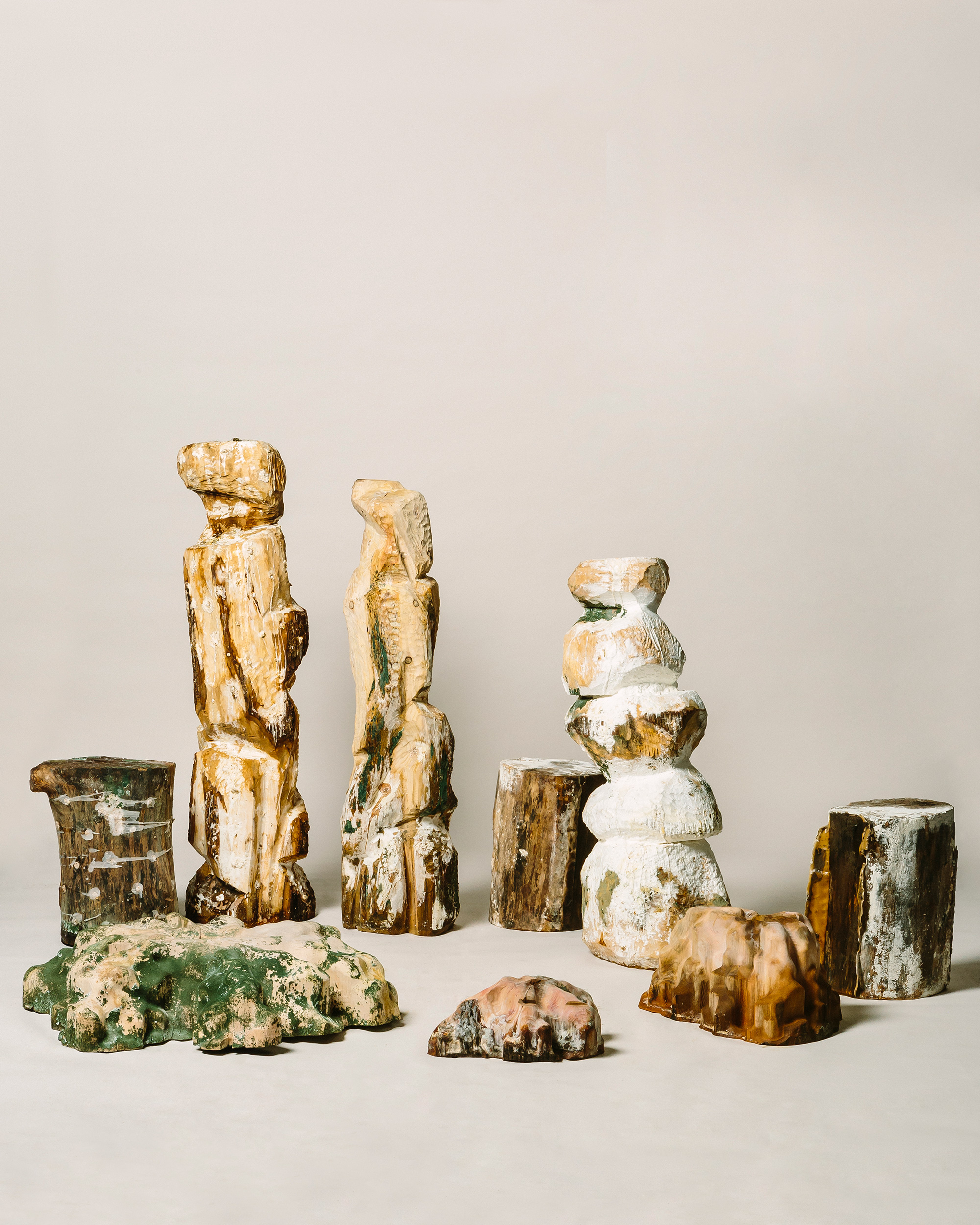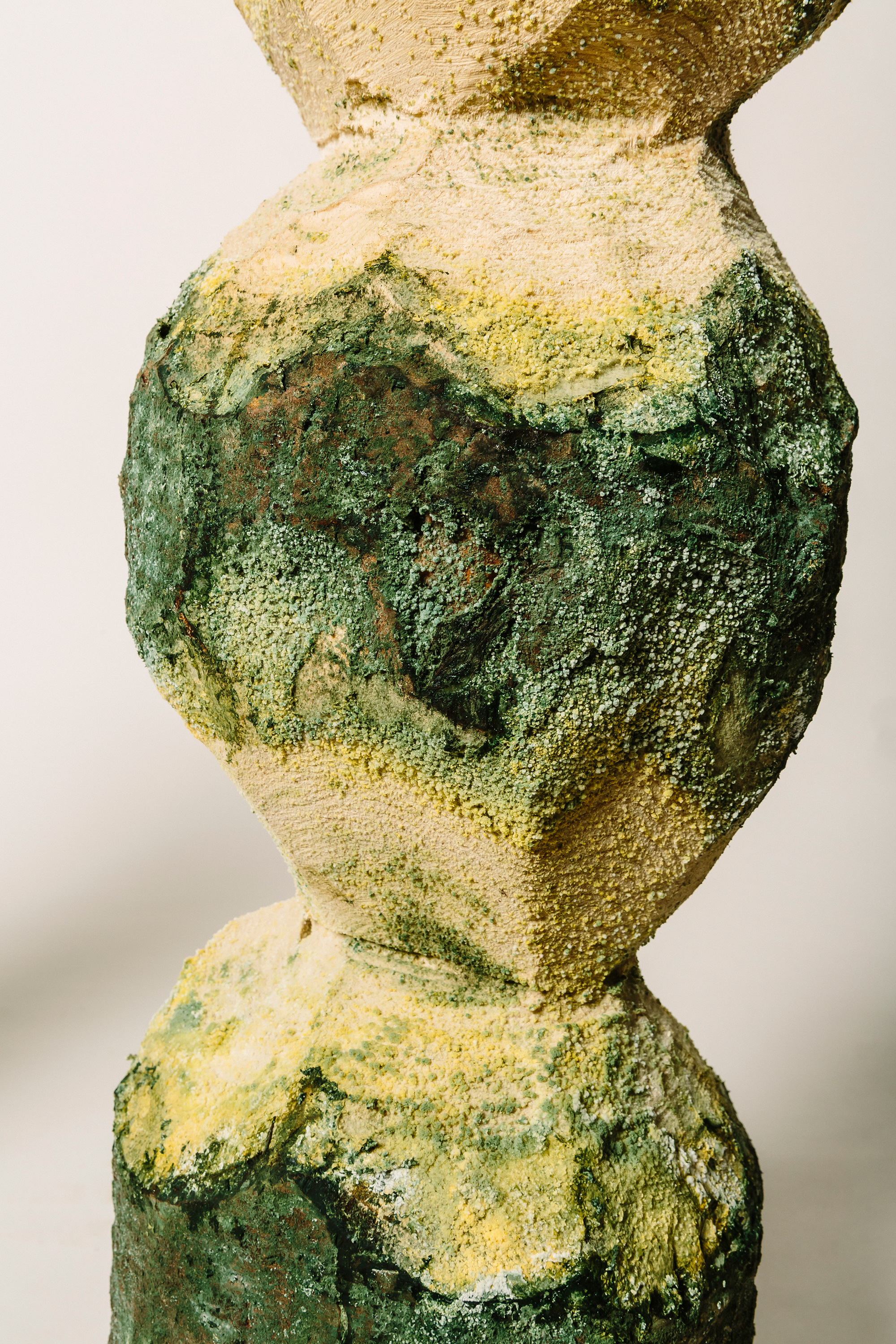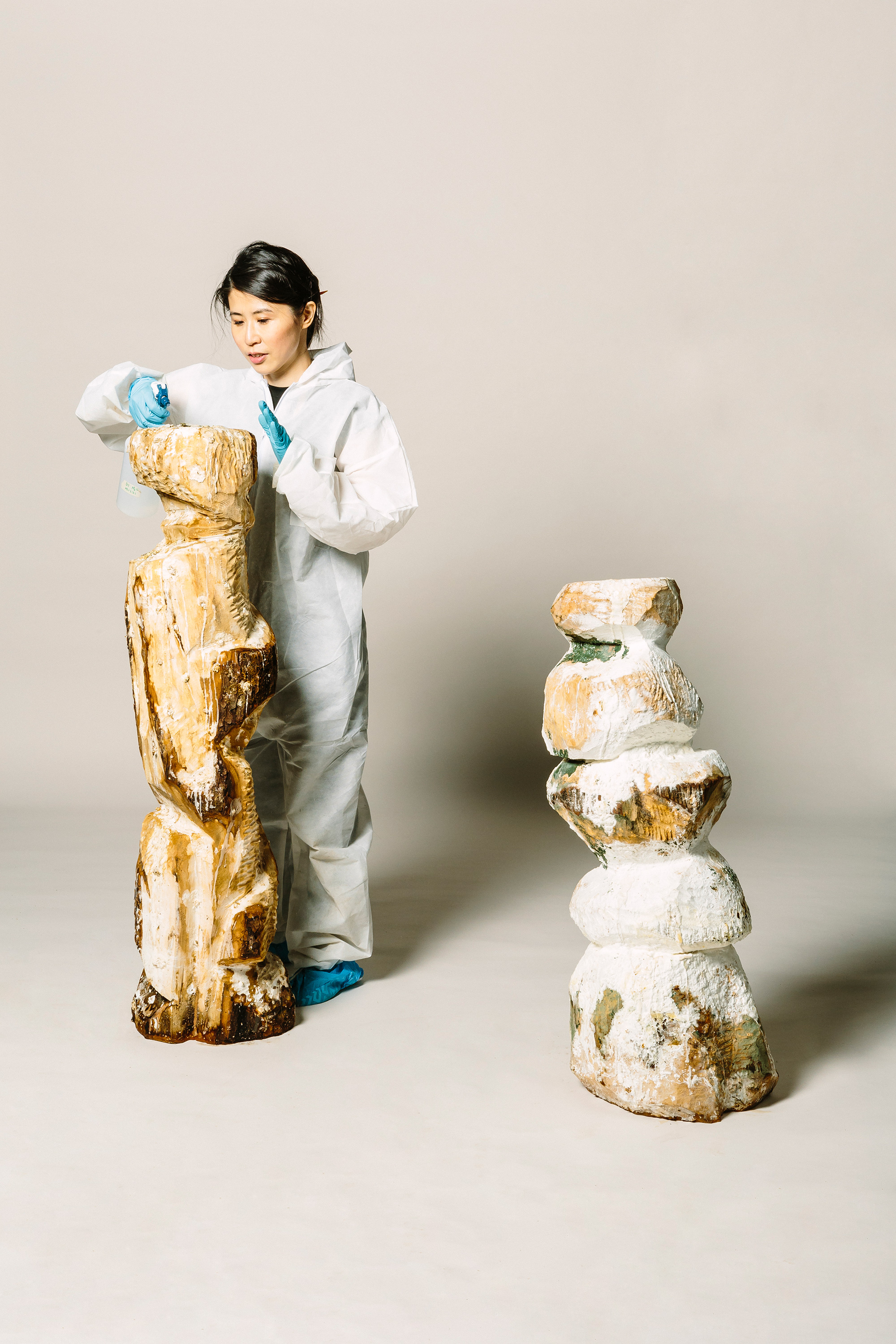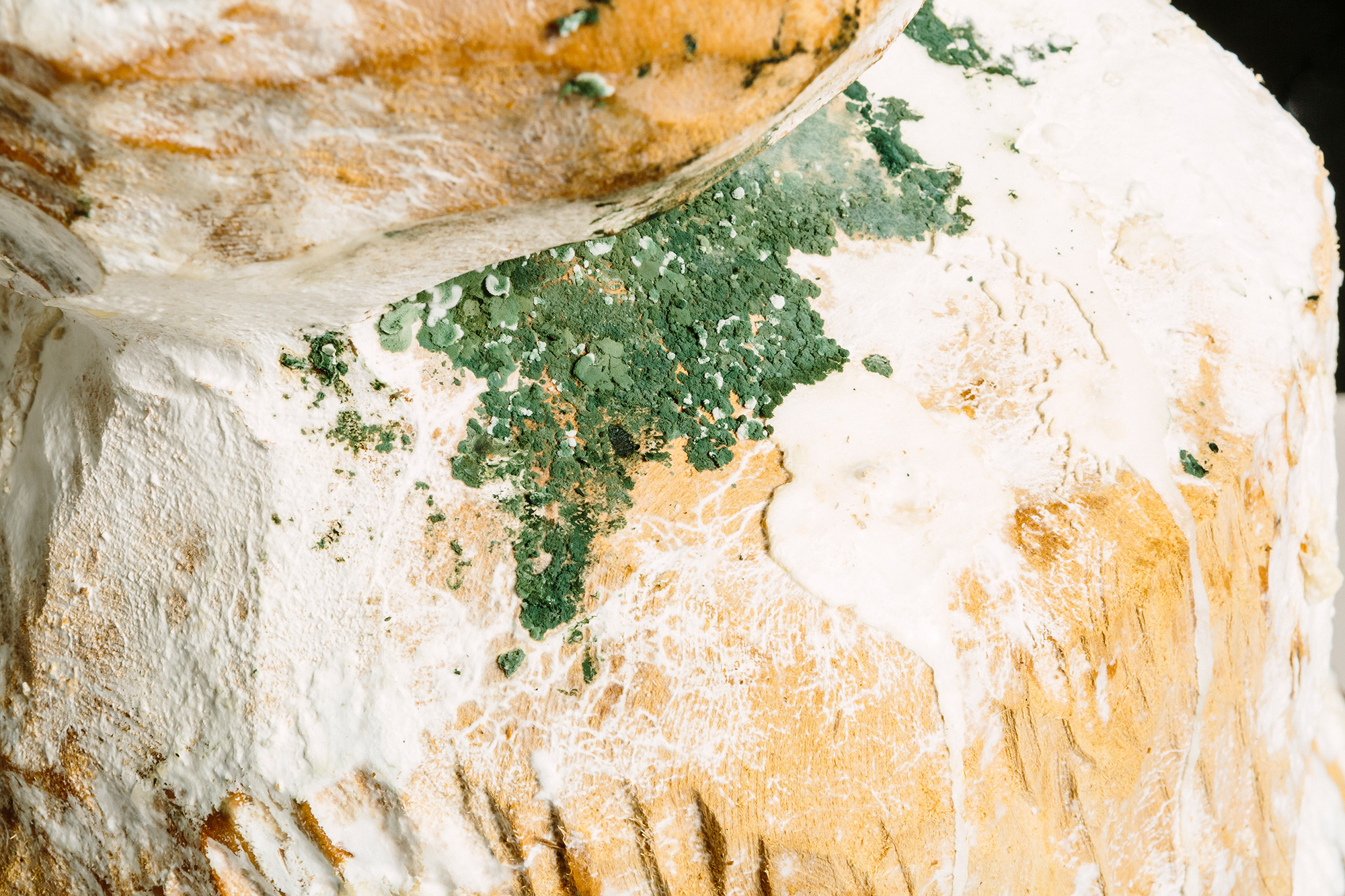An art exhibition that explores concepts of decay and regeneration.
Held every year in Toronto, Canada, in the longest-running and largest queer theater in the world, Buddies in Bad Times Theater, the Rhubarb Festival focuses on experimental work that blends art and performance. In 2022, the event took place between February 4-13. The highlight was Calculus of an infinite rot, part 1, an exhibition curated by festival director Clayton Lee. Created by award-winning designer, architect, and artist Andrea Shin Ling, the large-scale installation explores the concepts of decay and regeneration. While her work usually focuses on the intersection between digital and biological processes in design, this exhibition looks to nature and the relationship between life and death.
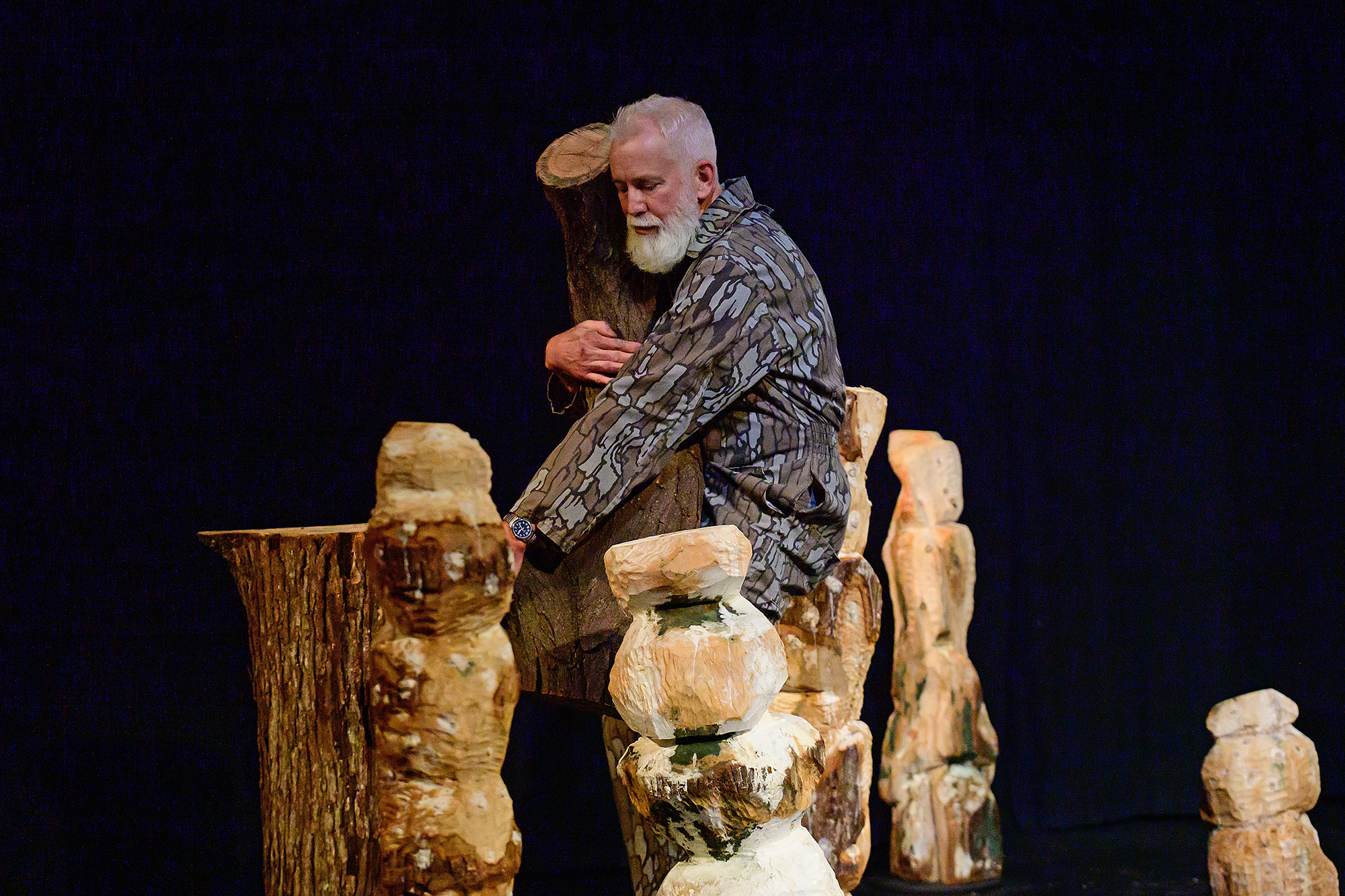
“Calculus of an infinite rot, part 1, is a reflection on philosopher Reza Negarestani’s position that decay is not the marked absence of life or wholeness, but rather the negotiation between shifting states of living and dying,” says Ling. “Decay and regeneration are paired processes, where the entropy of one system is used for the organization of another. Through decay, the differentiation occurs between humans, trees, insects, and microbes,” adds the artist.
To create the sculptural artworks, Ling used 34 stumps of fallen maple and spruce trees. After processing them to different levels of finish, she inoculated most of them with either fungus or bacteria. Time took care of the rest, resulting in captivating objects that look organic and raw as well as beautifully textured. As part of the installation, different artists interacted with the pieces and intervened in the designs, in a regenerative act. The artworks will continue to change, grow, decay, and regenerate again naturally, long after the end of this year’s festival. Photography© Gabriel Li, Henry Chan.
